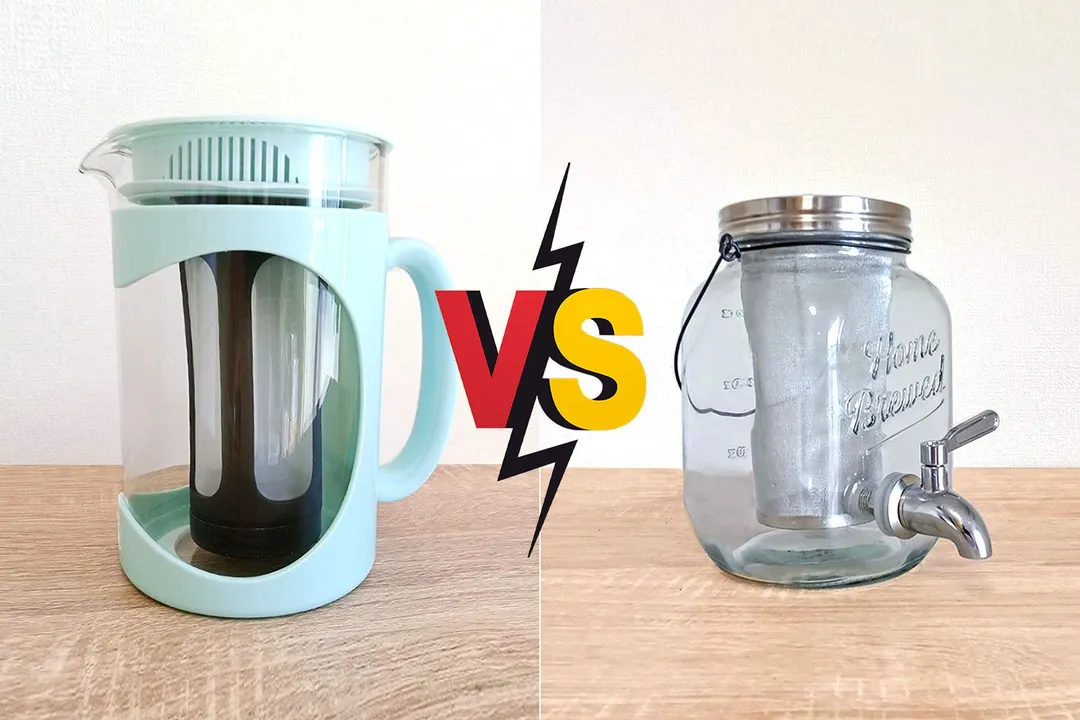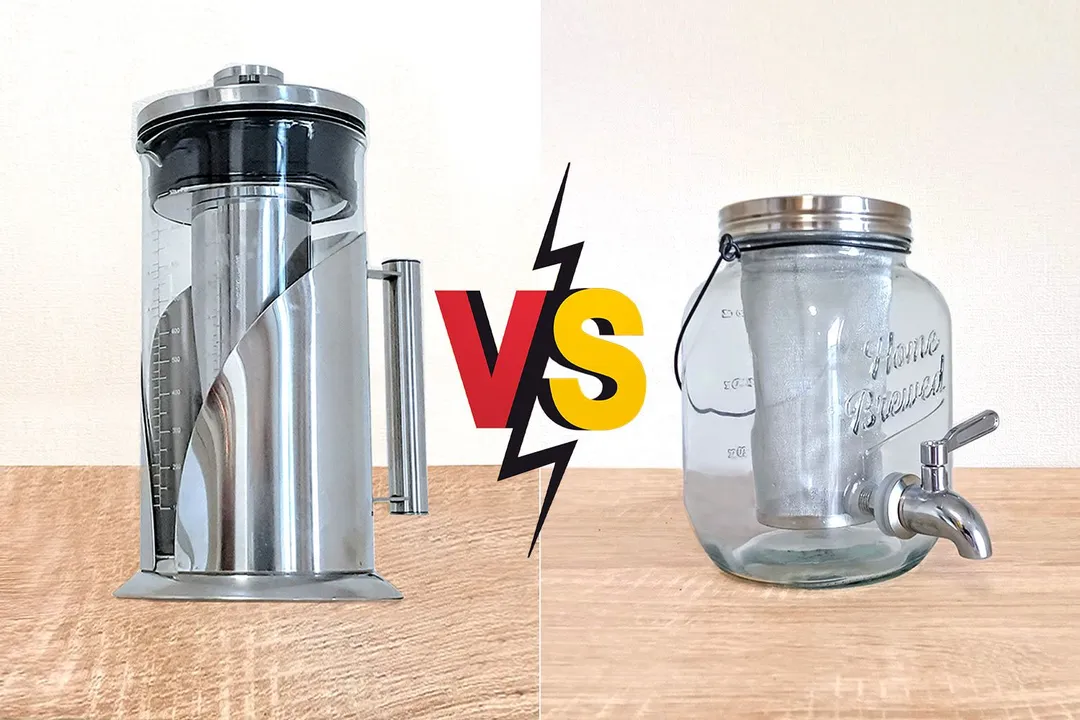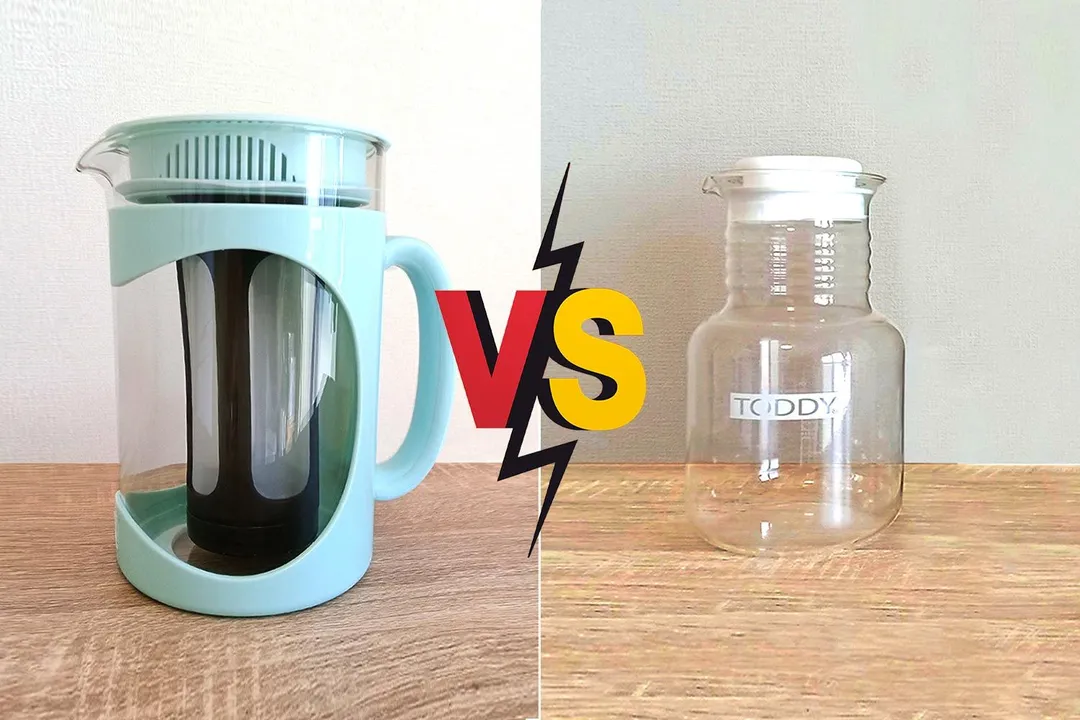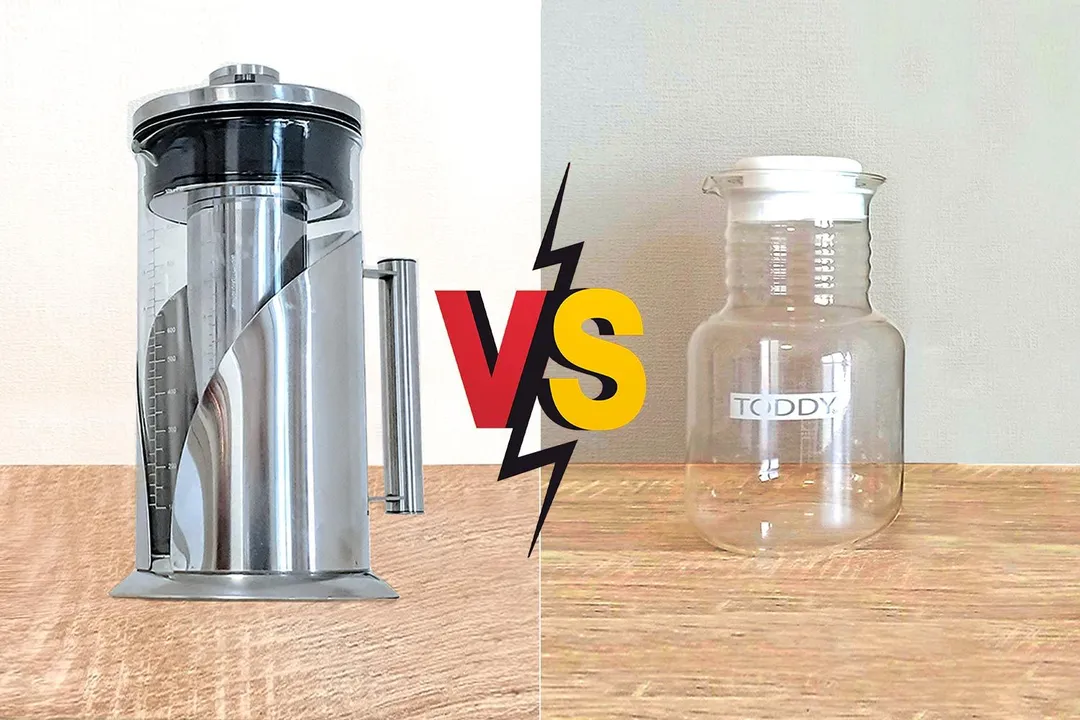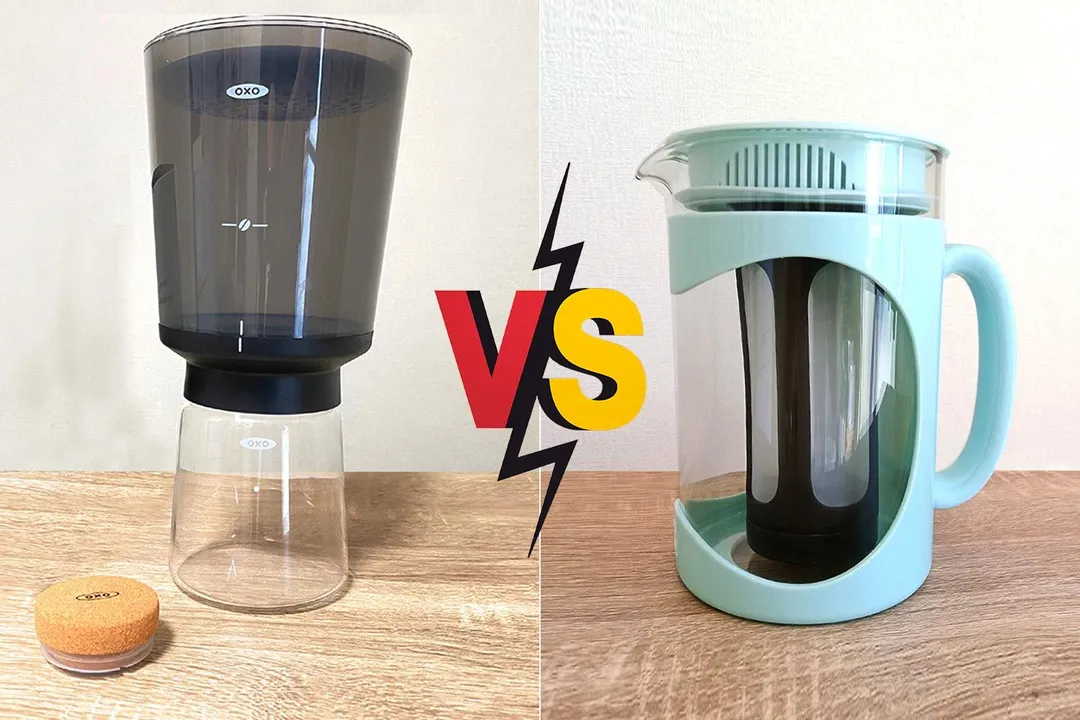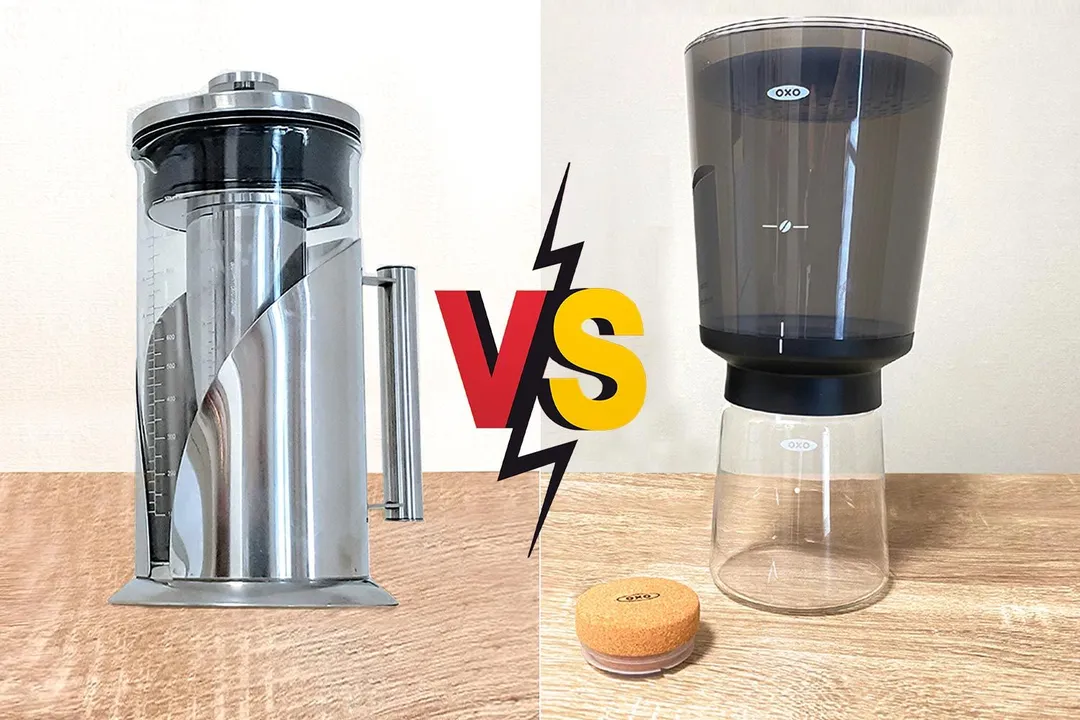Our recommendations are made independently through Research & Testing. We may receive commissions from purchases made via our links.
Primula Burke vs Cafe Du Chateau Side-by-Side Comparison
Primula Burke cold brew coffee maker vs Cafe Du Chateau. Two cold brew coffee makers we do not recommend, but for different reasons.
Primula Burke Deluxe
Tested Using Methodology v1.0Cafe Du Chateau
Tested Using Methodology v1.0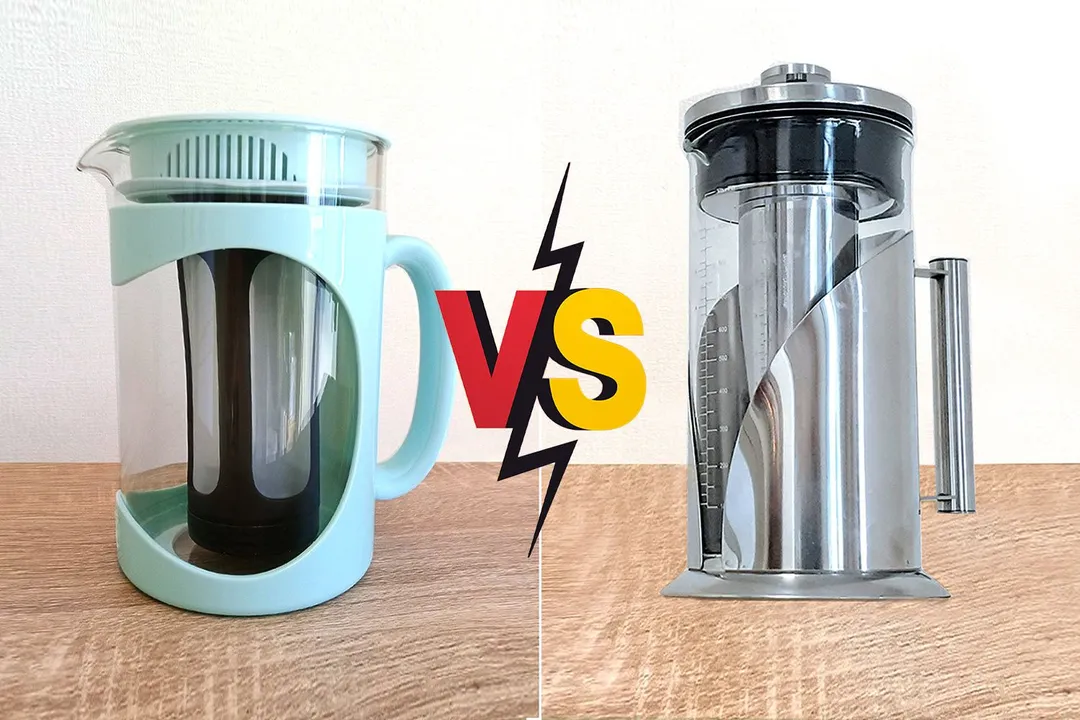
Overall Verdict
We recommend neither the Primula Burke nor the Cafe Du Chateau as cold brew coffee makers. Both fell short of our testing criteria for different reasons – the Primula because of its flawed filter design, and Cafe Du Chateau for its poor design quality.
Overall, though the Primula Burke is well-designed, its plastic and nylon filter is too fine for a decent brew to develop, and the materials used also mean it is not a great choice to double up for hot brewing. Therefore, the device has limited practical use.
The Cafe Du Chateau, on the other hand, is an attempt at a repurposed French press design. It fails because the glass carafe is heavy and bulky, poorly weighted for a steady pour, and the stopper is either too tight or too loose. Its brew quality is average, but the device itself is not a pleasure to work with.
Pros & Cons
- Detachable filter base
- Protective plastic jacket
- Lid design
- Easy to clean
- Thick glass
- No plastics used
- Airtight brewing
- Well-machined filter
- No measurement markings
- A little heavy
- Weak brew strength
- Weighty and unbalanced
- Lid stopper tough to remove
- Loose decanter lid
- Cumbersome silicone seals
Key Specs
Where to Buy
*You help support HealthyKitchen101's product testing and reviews by purchasing from our retail partners.
Analysis and Test Results
Brew Quality
Bouquet
Drinkability

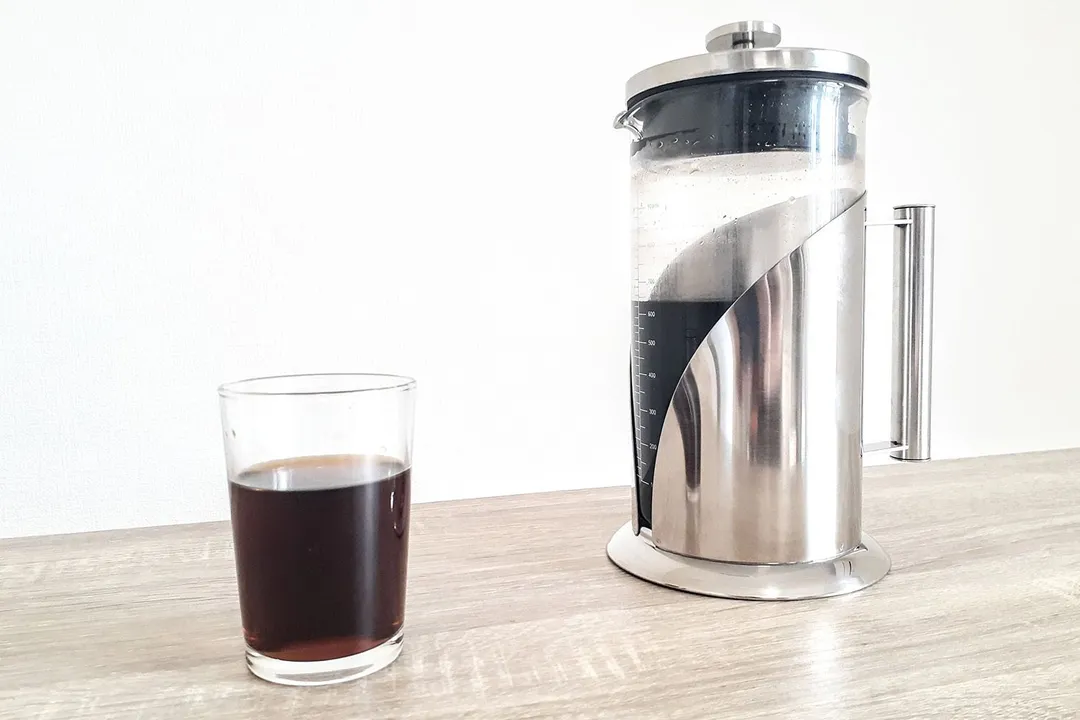
Sediment
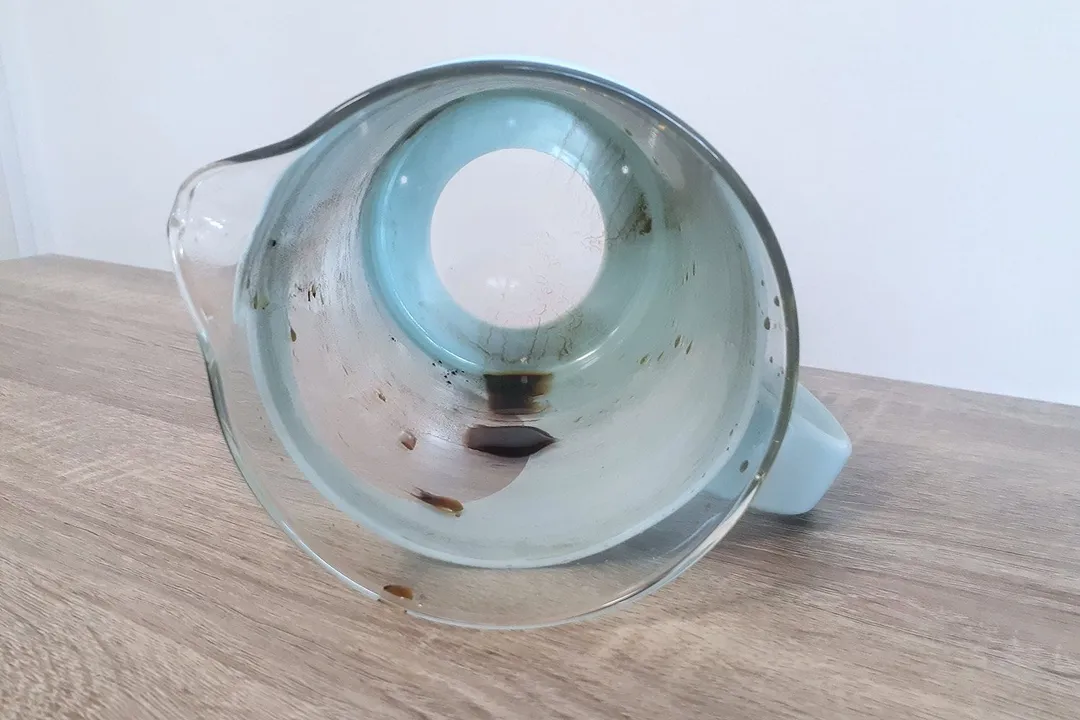
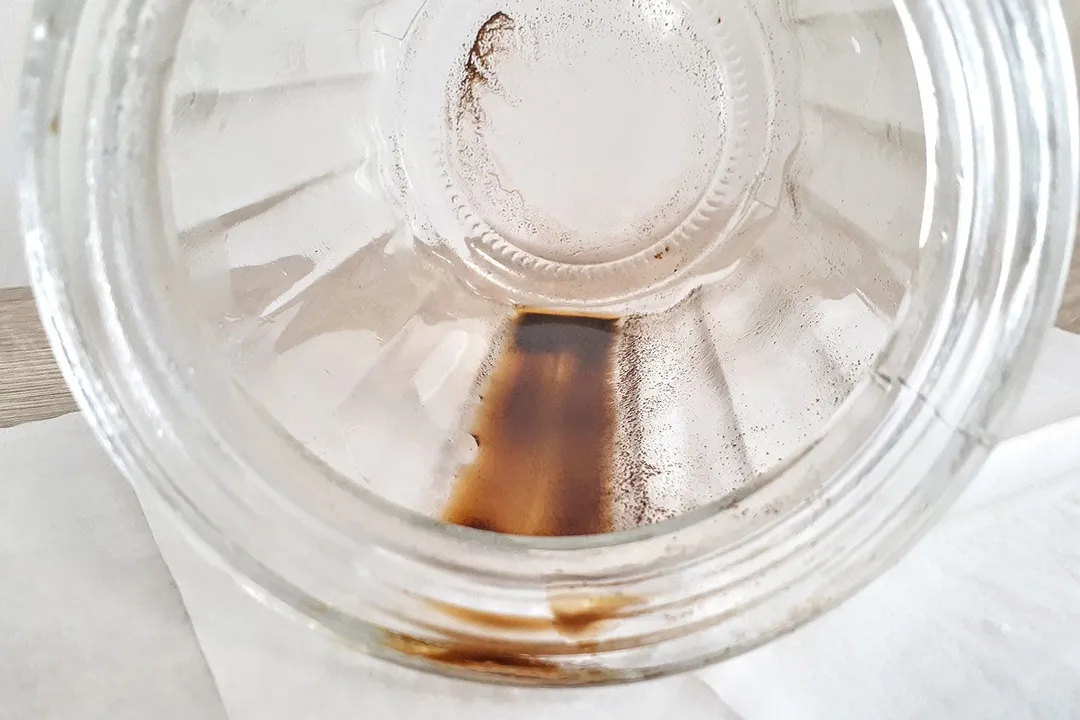
Design
In the Box

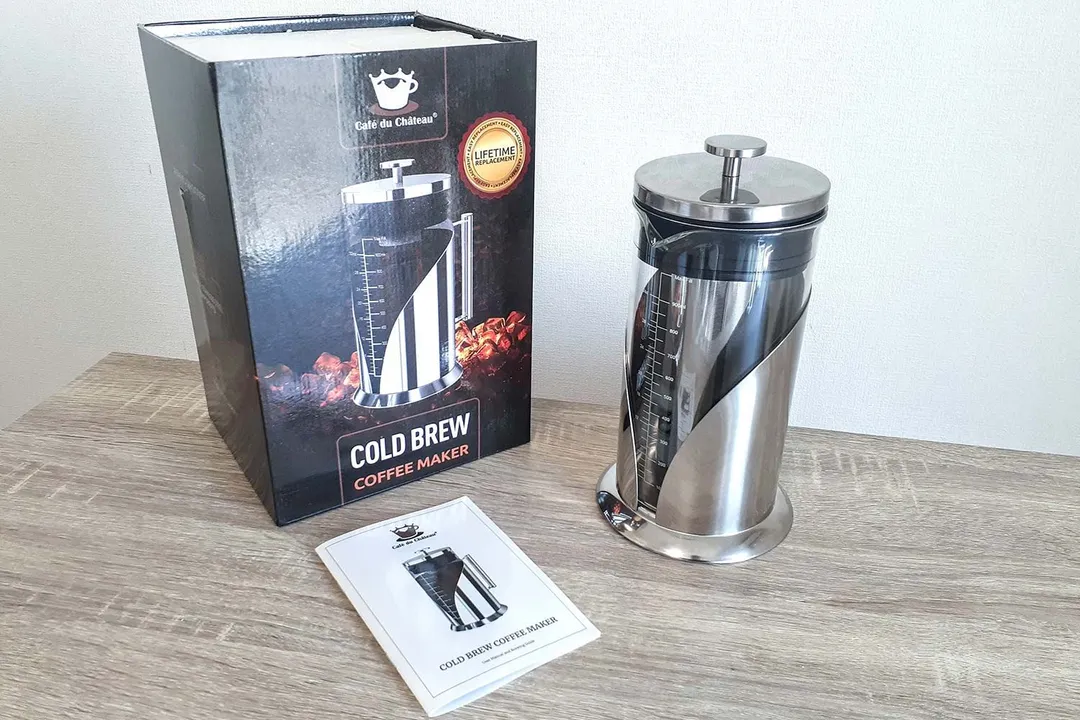
Decanter
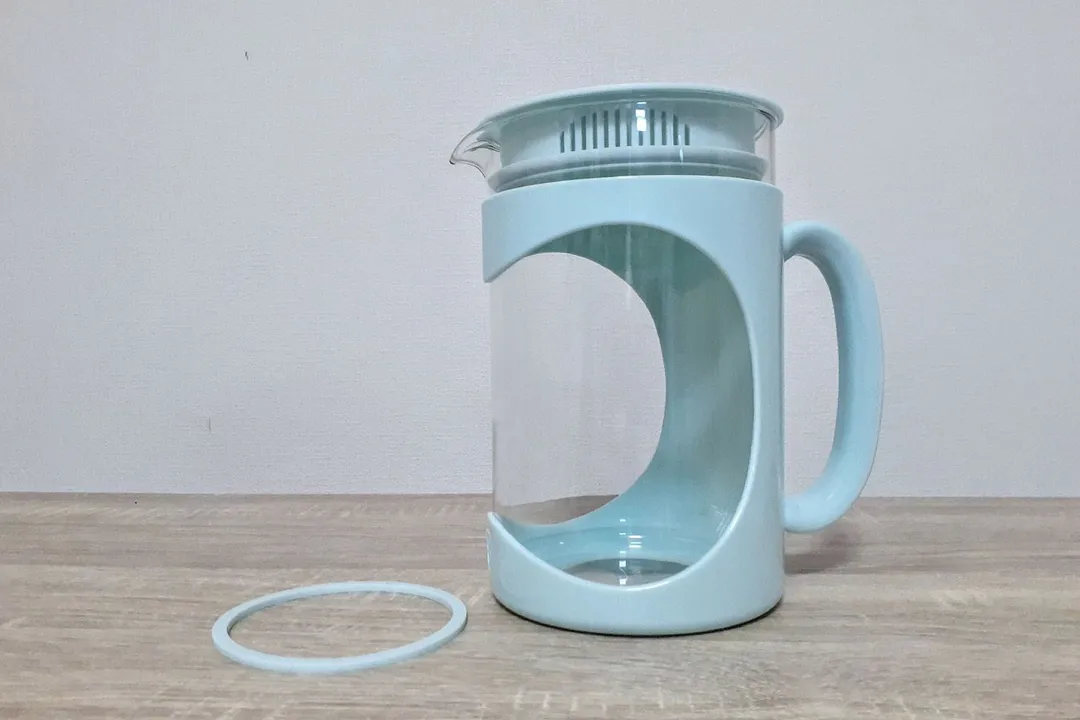
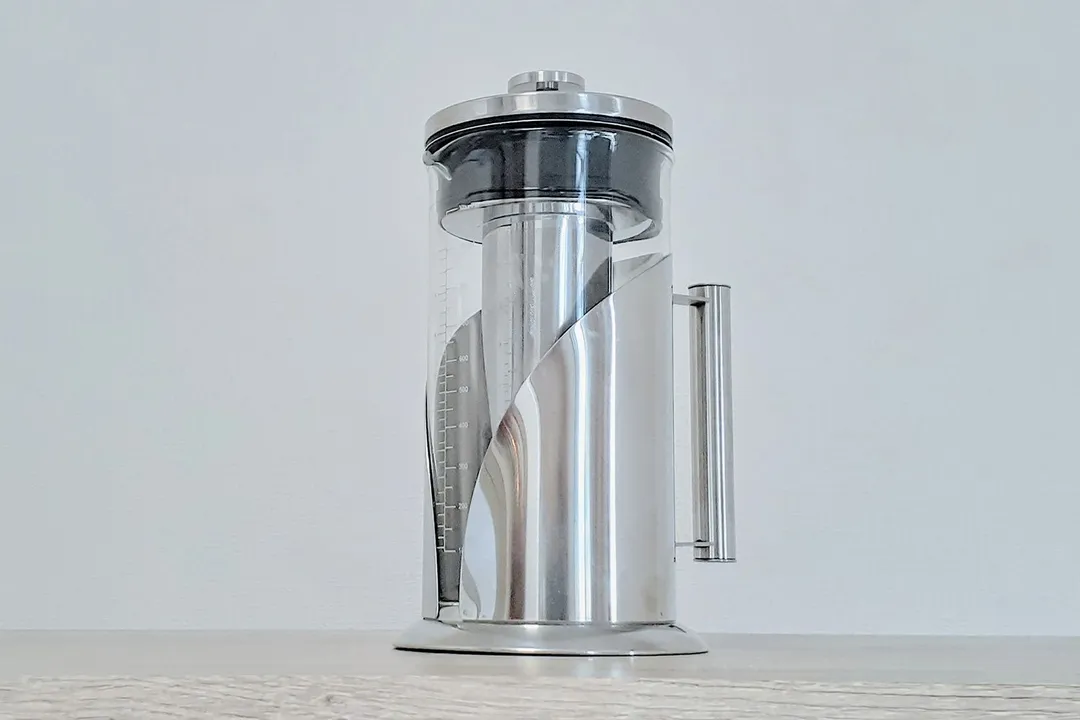
Stopper / Lid
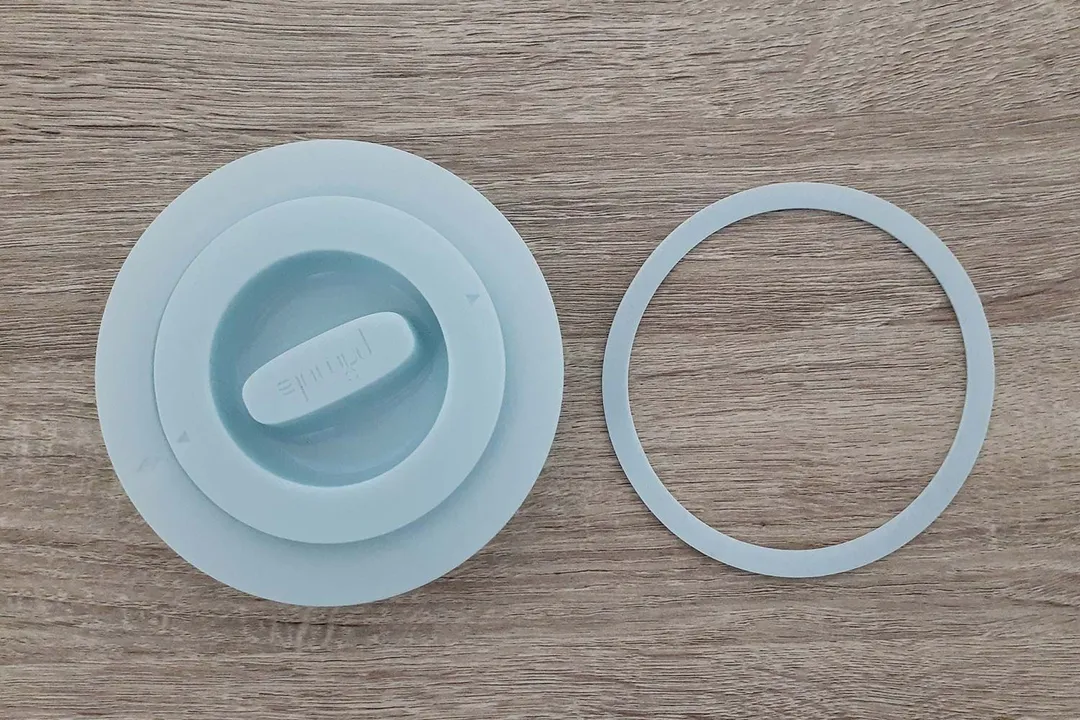
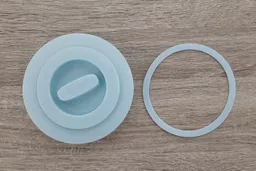


Filter
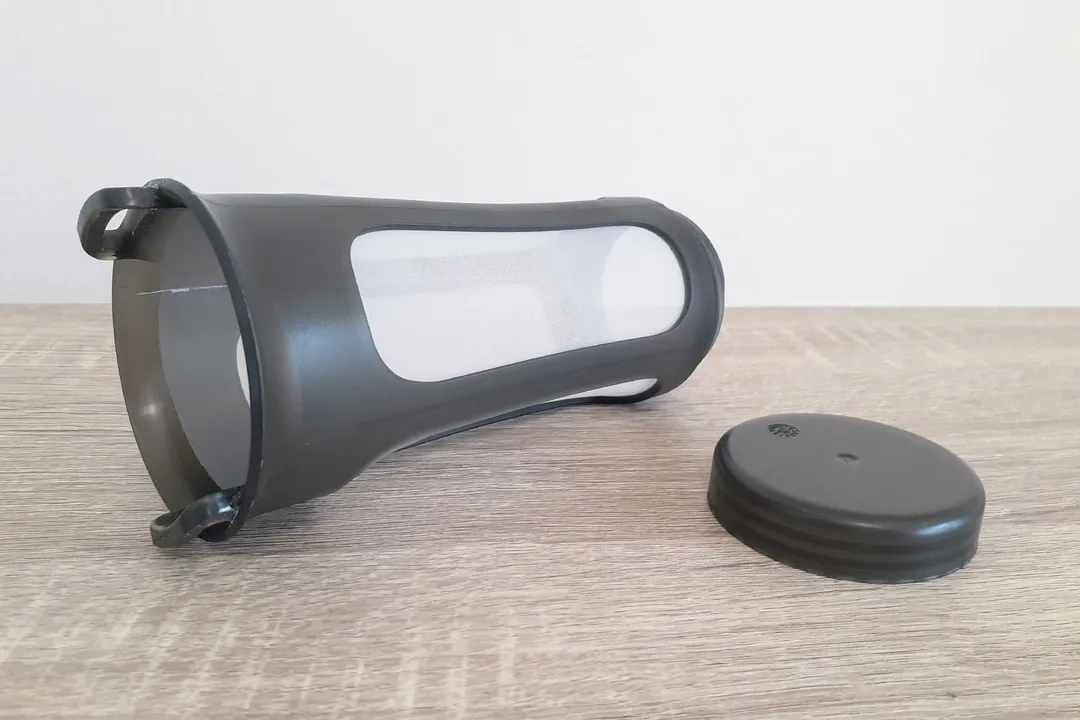

Build Quality

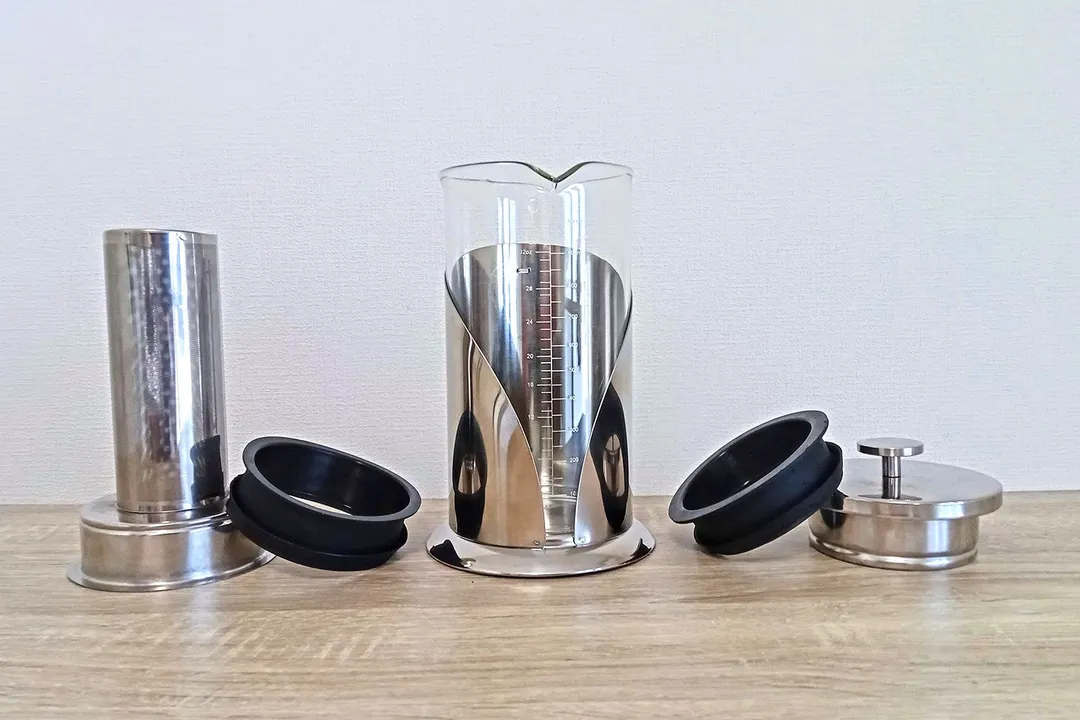
Usability
Brewing
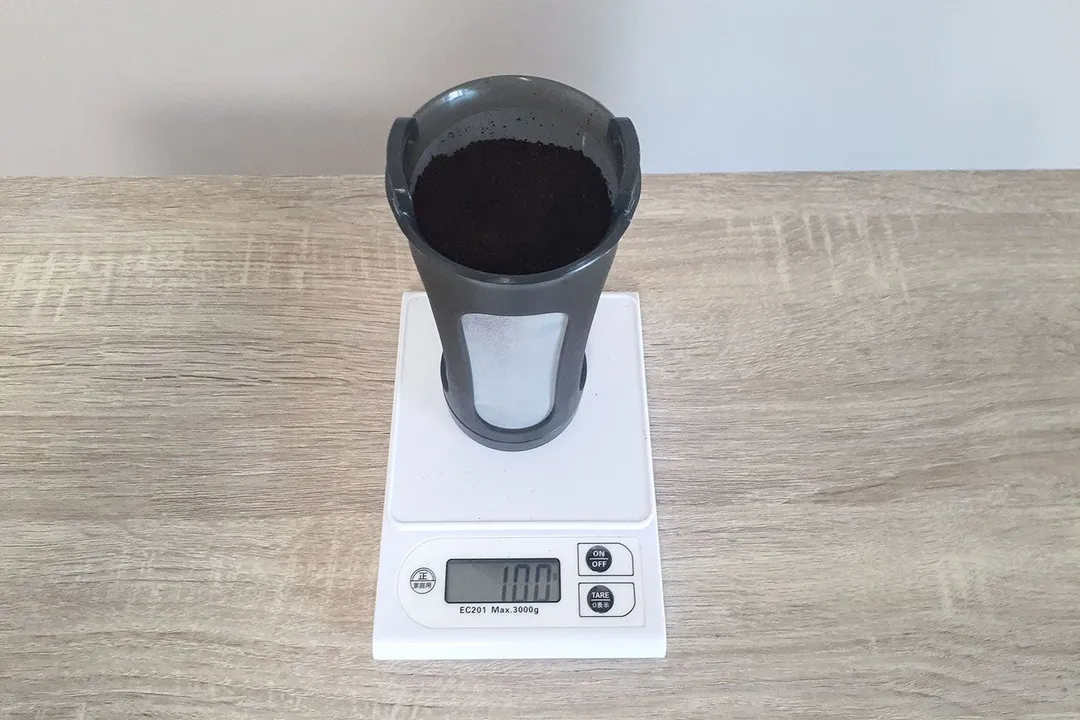
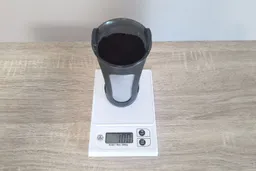
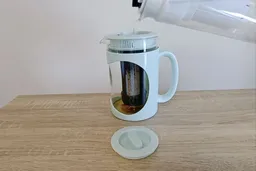


Decanting
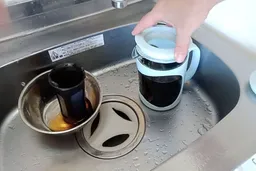
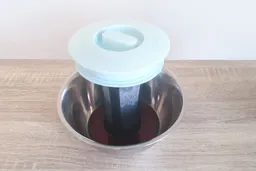
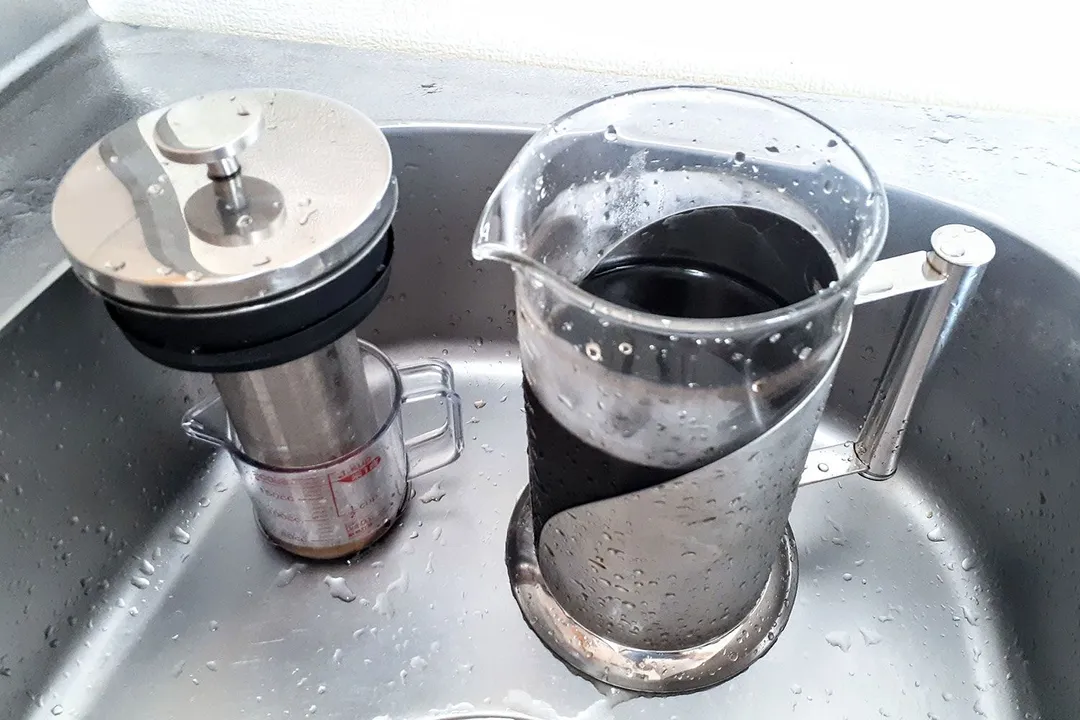
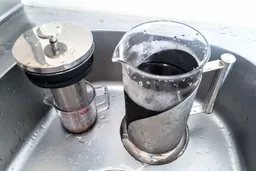
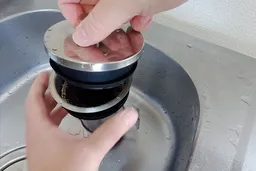
Cleaning and Storage


Behind the Comparison
Roger Shitaki is a writer, author, and editor. His niches are household appliances, health & wellness, and travel. He’s a freelance contributor to a Tokyo lifestyle website and a leading ophthalmology magazine in Asia.

